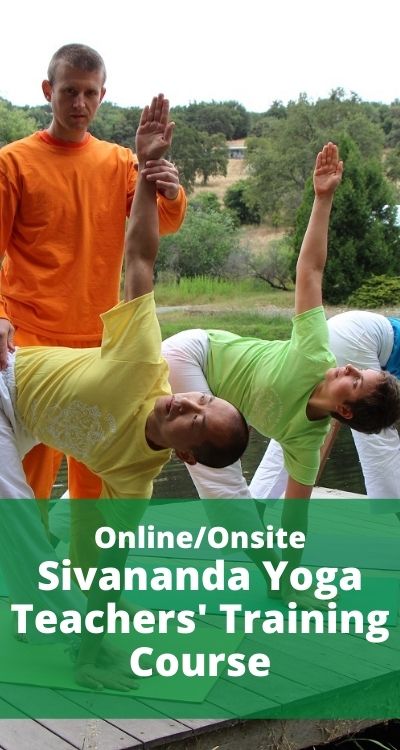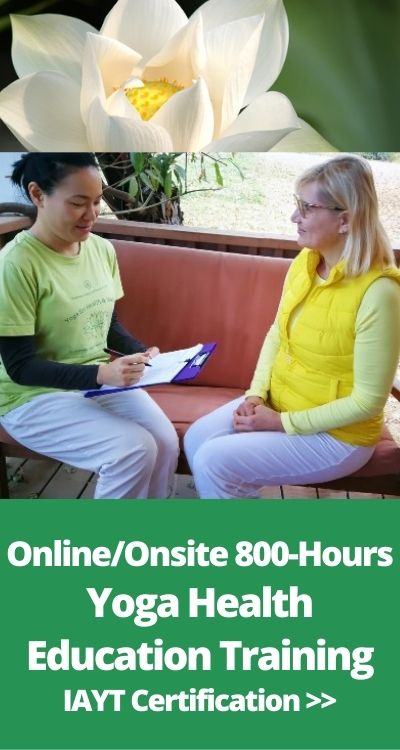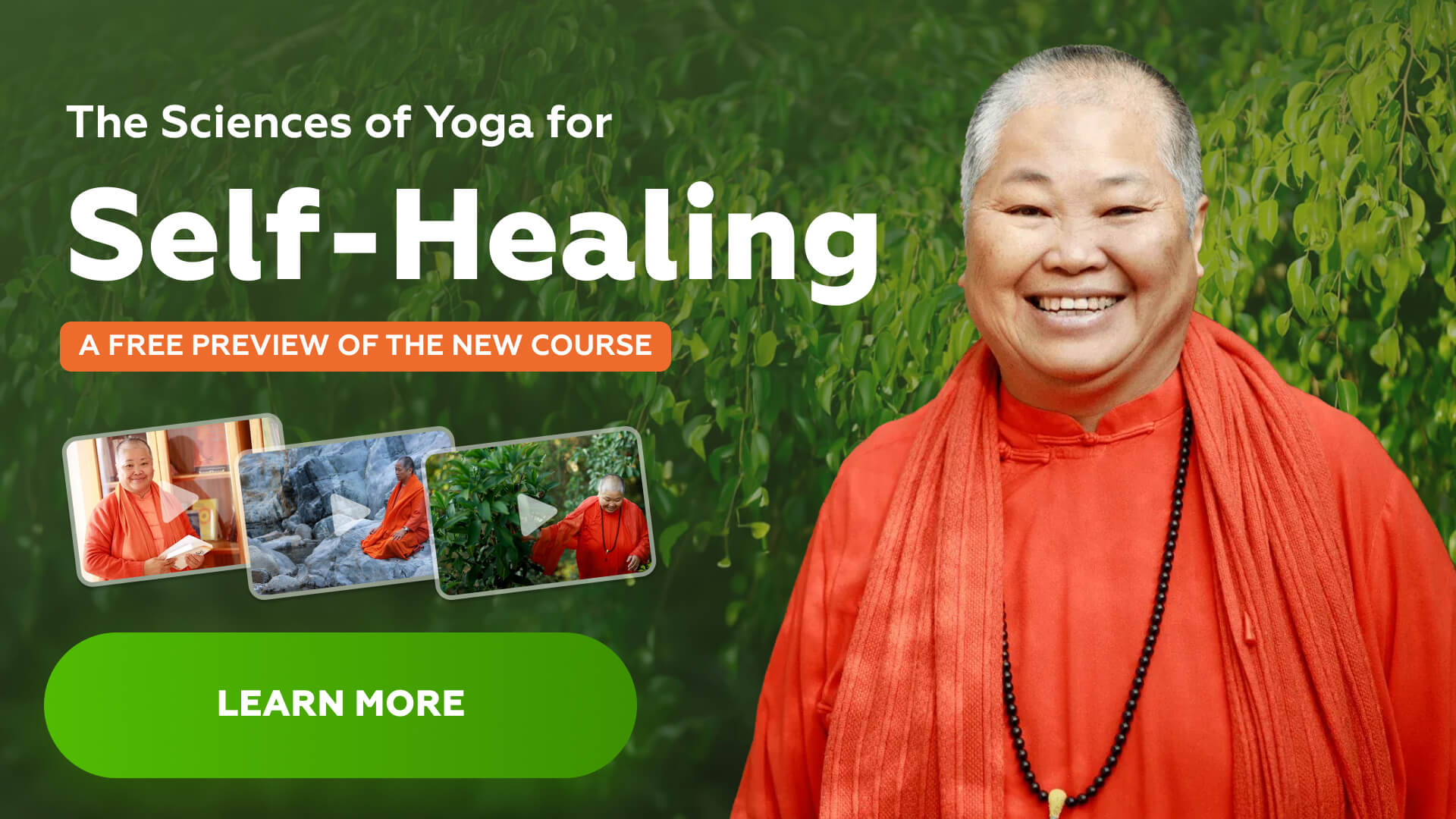Blog 5: Teaching Yoga in Tokyo
I would like to share my experience teaching yoga in Tokyo recently, as much has happened, and I have been transformed. First, the Japanese language experience: I found myself teaching every day for 45 minutes for five to ten of the most motivated students of our Sivananda Yoga Vedanta Center, a spiritual community. The language was a challenge from the beginning, as I had no background in Japanese and no source of yoga instructions other than Chat GPT. I was learning a new language by speaking it, having never heard anyone speak the yoga instructions that I was saying!
It became a battle between the higher and lower minds. My lower mind was screaming: “Why are you putting yourself through this stressful and embarrassing situation? Just say the instructions in English, and someone will have to translate. The director has no reason to expect that you can learn Japanese to teach the classes!”
But somehow I wanted to learn, and this situation presented an opportunity to practice speaking Japanese. I thought, “This could be great if I can pull it off, but how?” I noticed that, unlike Vietnamese, Japanese for me is relatively easy to pronounce because English has most of the sounds used in Japanese. So when I spoke, right from the beginning, people usually understood.
I found that I could win the battle by arranging my notes of the instructions and practicing them. Still, I was challenged as each new instruction became easier, many more instructions came to mind, so I was still constantly “stretching” to the limits of my skill level and beyond in every session! There were times of not knowing the next instruction and making the students wait. There were times of trying to recall a new instruction and getting distracted as the students did not wait! Sometimes I had to close my eyes to avoid getting distracted from my mental searching and processing! (I got good at closing my eyes at the appropriate time.)
What made this situation tolerable was the encouragement from these motivated students. They can do the most important thing as a yoga student: look past the person leading the practice, look past the person who is in charge of passing along the teachings of the master. The real teacher is the Guru, Swami Sivananda, the enlightened one who inspired us all to take up this cause of yoga teaching for world peace and harmony.
The value of the person leading the class is that they give the students a connection with the master. These people had an unusual understanding and supported me as a result of their connection with Swami Sivanandaji. After every session, they thanked me and told me that my Japanese was better every day and to keep going. Going deeper into the experience, I realized that this stretching was only the beginning.
I was also dealing with the personalities of yoga staff members and yoga teachers in the center. The most important yoga practices are not done on a mat but rather in the Satsang (a gathering to meditate, chant, and study teachings of masters), and then applying the yoga teachings in daily life. Of course, leading a Satsang can be wonderful if one understands what is involved. First, there is a silent meditation (Raja Yoga or concentration) of 20 minutes, then chanting simple Sanskrit verses (Bhakti Yoga or devotion) for 20 minutes, and finally reading yoga philosophy and explaining it (Jnana Yoga or self-inquiry) for 20 minutes.
We had a course in Bhakti yoga, and I certainly did not want to just teach the students chanting. I wanted to go deeper into the reason for the Bhakti practices. This is the yoga of channeling our emotions into a positive force of devotion or selfless love. But how to explain it?
Many people enjoy the chanting and other “devotional” activities. During these times, we are challenged to “generate positive emotions.” In the course, I asked students to do the chanting as a daily practice if possible, but always to become “emotionally stable and positive.”
Here was a clear example of the idea that the “teacher learns more than the students.” I found that living and working in the spiritual community, not knowing the language, and working with people whom I did not know well, was my opportunity to practice generating positive emotions. So during the chanting and, more importantly, in daily life, I tried to remember to practice.
From this experience, I found that the people around us can provide a miracle, but we need to value them. In this case, it was the miracle of dedicated people who are volunteering full-time to present and share the yoga teachings. To this aim, I tried to value the people around me without having expectations. This enabled me to see the miracle and appreciate this amazing opportunity to align with these wonderful people and thereby grow and serve humanity.
Here is a translation in Japanese:
ブログ5:東京でのヨガ指導
私は最近、東京でヨガを教えるという貴重な経験をしました。この中で多くのことが起こり、私自身も深く変容いたしました。その経験を、ここに皆さんと分かち合いたいと思います。
まず、日本語についての体験からお話しましょう。私は、シヴァナンダ・ヨーガ・ヴェーダーンタ・センターという精神的なコミュニティで、毎日45分間、最も意欲の高い5名から10名の生徒たちに教えておりました。ですが、私には日本語の知識が全くなく、ヨガの指導に使える資料もChatGPTしかありませんでした。
最初から、これは私の中で「高い心」と「低い心」の戦いでした。低い心はこう叫びました。「なぜこんなストレスで恥ずかしい状況に自分を追い込んでいるのか?英語で指導すればいいじゃないか。誰かが通訳すればいい。センターのディレクターだって、あなたが日本語を学んでクラスを教えるなんて期待していないでしょう!」
しかし、私の中に「学びたい」という強い願いがあり、この状況は日本語を話す練習の機会として与えられたものだと感じました。「もしこれがうまくいけば素晴らしい。でもどうすれば……?」と自問しました。
気づいたのは、ベトナム語と違って、私にとって日本語の発音は比較的易しいということです。英語には日本語の音のほとんどが含まれているので、最初から私の話す言葉は、ある程度通じていたのです。
そして私は、自分の指導ノートを整理し、それを何度も練習することで、この戦いに打ち勝つことができました。しかし、ひとつの指示を覚えるとまた新しい指示が必要になり、常に自分の限界、あるいはそれ以上まで「ストレッチ」している状態でした。
次の指示が思い出せずに、生徒たちを待たせてしまう時もありました。また、新しい言葉を思い出そうとするあまり注意が散漫になり、生徒たちは待ってくれませんでした!そういう時は目を閉じて、心の中で言葉を探し、集中する練習もしました。(私は実際、適切なタイミングで目を閉じるのが上手くなりました。)
この状況を支えてくれたのは、何よりも生徒たちの励ましです。彼らは、ヨガの生徒として最も大切なことを実践していました。それは、「指導者という人間」を超えて、「教えを伝える媒体」として、その背後にあるマスターを見ることです。真の教師は、グルであるスワミ・シヴァナンダジ、すなわち、私たち皆にヨガを教え、世界の平和と調和のために尽くすよう導いてくれた覚者です。
クラスをリードする者の価値とは、その人が生徒とマスターをつなぐ架け橋であることにあります。この生徒たちは、その深い理解を持って、私をスワミ・シヴァナンダジとのつながりとして支えてくれたのです。毎回のクラスの後、「今日の日本語は昨日よりも良かったですよ!頑張ってください!」と感謝の言葉をいただきました。
この経験を深く掘り下げてみると、私が感じていた「ストレッチ」は始まりに過ぎませんでした。
また、私はセンターで働くヨガのスタッフや教師たちの個性にも向き合わねばなりませんでした。ヨガで最も重要な実践は、実はマットの上で行うものではなく、「サットサンガ(瞑想・チャンティング・教えの学び)」の中にあります。そして、それを日常生活にどう適用するかという点にあります。
サットサンガでは、まず20分間の静かな瞑想(ラージャ・ヨーガ=集中)、次に20分間の簡単なサンスクリットのチャンティング(バクティ・ヨーガ=信愛)、そして最後に20分間のヨガ哲学の読書と説明(ジュニャーナ・ヨーガ=自己探求)を行います。
私たちはバクティ・ヨーガのコースも行いましたが、私はただ単にチャンティングを教えるだけではなく、その背後にある意味や意義を深めたいと思っていました。バクティとは、感情をポジティブな方向へと昇華させ、無私の愛として表現する道です。
では、それをどうやって伝えるか?実際、多くの人がチャンティングやその他の「信愛の実践」を楽しんでいます。これらの実践では「ポジティブな感情を生み出す」ことが課題となります。私は、できる限り毎日チャンティングを実践し、「感情的に安定し、前向きである」という意図を持って行うよう生徒たちにお願いしました。
ここには「教師は生徒以上に学ぶ」という明確な例がありました。私は、言葉がわからず、ほとんど知らない人々とともに霊的なコミュニティで生活・働くことを通して、「ポジティブな感情を生み出す」ことの実践をする機会をいただいたのです。チャンティングの時だけでなく、日常生活の中でこそ、それを忘れずに実践しようと努めました。
この体験から学んだのは、私たちの周囲にいる人々が奇跡をもたらす存在であるということです。しかし、そのためには彼らの存在を「価値あるもの」と認識しなければなりません。この場合の奇跡とは、ヨガの教えを広めるために全身全霊で奉仕している方々の存在です。
私は、彼らに期待を押し付けるのではなく、ただ「彼らを尊重する」ということを心がけました。するとその奇跡に気づくことができ、この素晴らしい方々とともに歩めることの喜びを深く味わうことができたのです。そして、私は成長し、人類への奉仕へとさらに進むことができました。




